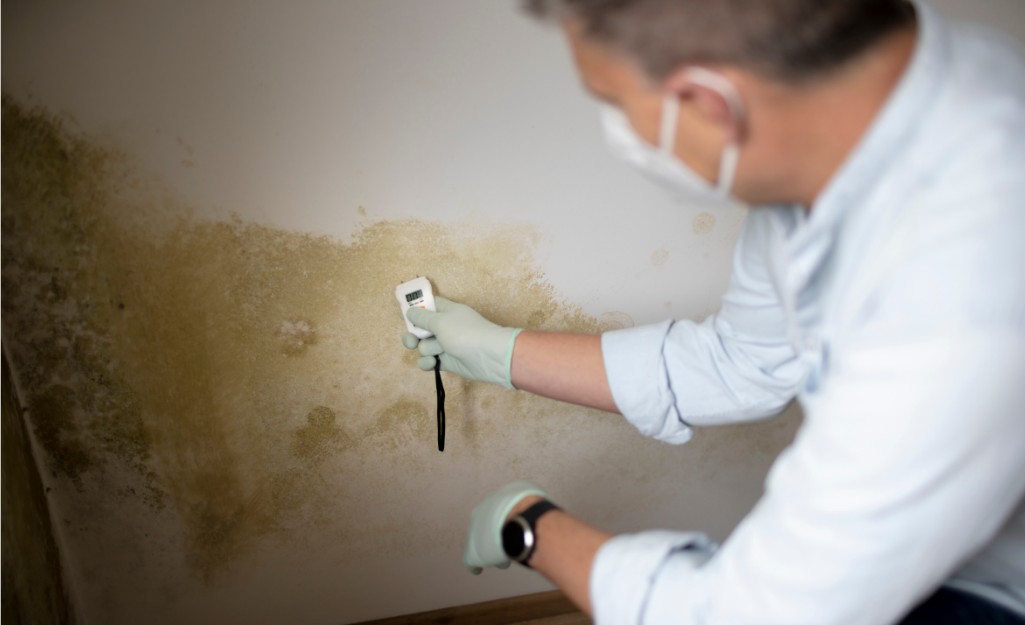The writer is making a number of great pointers regarding Common Causes of Water Damage in a Bathroom as a whole in this article beneath.

The shower room is incredibly vulnerable for wet buildup as well as prospective water damage due to the constant use water in it. This post provides simple inspection methods to assist spotting water damage threats.
The regular use of water in the bathroom makes it exceptionally prone for moist accumulation and also prospective water damage. By evaluating it frequently, you can reduce water relevant problems.
The following collection of assessments is simple to perform and also ought to be done as soon as in every three months in order to maintain your shower room in good shape and to stop possible water damages caused by the bath tub, the shower, pipeline joints and plumbing, sinks, cabinets, and the commode
Do not disregard performing these examinations and be detailed while doing them. Keep in mind that these basic inspections can conserve you a lot of cash by offering very early indications for water damages
Sinks and also Cabinets
Sinks as well as cabinets are subjected to moisture and also humidity day-to-day as well as are frequently forgotten. Examine regularly under the sink and also on the countertop over it. Repair any kind of drip in the trap as it might recommend drain troubles. Take a look around the sink, slow draining pipelines might suggest an obstructed drain. Change sink seals if they are broken or loosened.
Tub and also Shower
The shower as well as bath tub need unique attention and also maintenance. Inspect the tiles as well as change if broken. See to it that there is no missing cement between the ceramic tiles. Evaluate as well as change cracked caulking at joints where the wall surfaces fulfill the floor or the bath tub. Clogged drains and also pipes issues will certainly protect against the bathtub from drying as well as might indicate major issues underneath the bath tub. Consult with an expert promptly to stop structural damages. Pay attention to discolorations or soft locations around the bath tub walls as they may suggest an inner leak.
Plumbing
Signs for water damage are difficult to identify since a lot of pipelines are mounted inside the wall surfaces.
Pay unique attention to flooring and walls wetness as well as spots as they might suggest an unseen plumbing trouble. Examine dampness levels in adjacent areas too.
The Toilet
The toilet is a susceptible water joint. Examine the water lines and also look for leaks around the toilet seat, in the hose pipe, as well as under the water storage tank. If you find any kind of indicators of moisture on the floor around the toilet, check for leaks in the toilet rim as well as storage tank seals.
Know that hanging commode dish antiperspirants enhances the possibilities for clogs.
Water Damage Signs In The Bathroom To Avoid Cleanup
Musty smell
This is one of the easiest signs to catch because musty smells are so odorous. The damp, earthy, moldy smell should be a big red flag. The smell will develop when moisture gets trapped in surfaces, and begins to facilitate mold growth. Leaking pipes under cabinets, inside walls, and behind shower fixtures will cause moisture to stay trapped and not dry, which will lead to mold growth and spread. As soon as you notice any musty smells in your bathroom, have it checked for hidden water damage and cleanup signs.
Visible mold
If the smell isn’t there to give it away, sometimes you will actually see mold growth. Finding mold in your bathroom is a serious problem, because mold is very harmful to your health. By the time mold growth is visible, it also means that water damage has already occurred and been present for some time. The only way the mold problem can be resolved is to find the source of the moisture and get it stopped. To safely and adequately remove mold, you need to have professionals handle the remediation. Do not waste any time in getting mold problems addressed, fixed, and sanitized so that you can protect you and your family from the many respiratory symptoms caused by mold exposure.
Damaged floors
Bathroom floors should be able to withstand some exposure to water while still remaining in good condition. However, when excess exposure or water leaks occur, they will begin to damage even the most water-resistant flooring. If you notice any cracking, bubbling, staining, or warping on your bathroom floors, there is probably a water leak somewhere causing the distortion. If you notice areas of the floor have become softer, or even have a spongy feeling, there is probably damage to the subfloor. Subflooring is typically made up of plywood. When plywood is exposed to water or moisture, it will absorb it. Once it has become saturated, the weight of the excess water will cause the wood to swell and soften. Check the floors in your bathroom frequently to catch any of these sings before they lead to damaged subflooring.
Changes on walls
When water leaks behind walls, it will cause changes in the drywall. Peeling plaster, blistering paint, and soggy wallpaper are all good indicators that excess water is building up behind the wall. Water leaking behind drywall will cause it to swell and be soft to the tough. If you start to notice gaps along the trim of your walls, or where tile meets the wall, it could also be a strong indicator that there is a leak behind the wall. Any changes, distortion, or damage on the walls should be evaluated as soon as you notice it to prevent further water damage and cleanup.

As an avid reader about How to Prevent Bathroom Water Damage, I thought sharing that blog post was worthwhile. Sharing is good. You just don't know, you might be helping someone out. Many thanks for your time. Please visit our website back soon.
Here